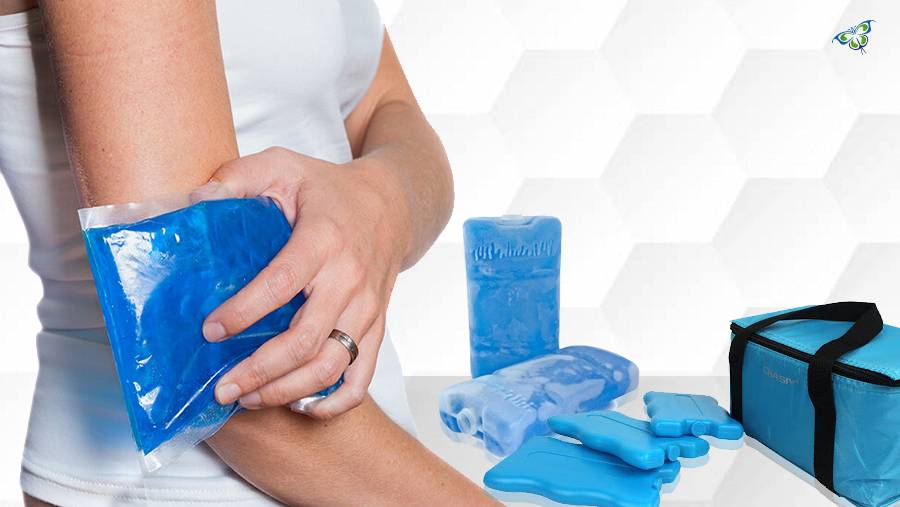
Hello
Select Address

This is one of the most common household items used in our day-to-day life! Ice packs are used in more than just the following things like –
• For keeping perishable foods (fish, meat, etc.) safe in portable cooling carriers.
• Relieving from pain and blood clotting following any injury or trauma
• To be used in insulated shipping containers to transport perishable food items
I have come across many who dwell under the false impression that ice packs contain water only (that solidifies when refrigerated and melts down when taken out). However, that's not the case. Certain additives alter the properties of the water inside. Additives are primarily needed for the following purposes –
• Prevent bacterial growth
• To keep the contents inside in a gel form and not as hard as ice
Let’s get into the various types of ice packs because the ‘types’ determine the contents of the ice pack. The most common one is a poly-packet ice pack which turns hard when refrigerated and remains pulpy and squeezy when thawed and/or when at normal room temperature.
Since you already know that there are other ingredients other than water inside, the question of whether they are toxic (in case your pack leaks) or non-toxic! To start with, what are the ingredients of an instant ice pack?
Contents of Instant Ice Packs
Instant ice packs are filled with water along with a chemical reactor. When the bag is squeezed, the water inside starts reacting with the chemical which lowers the temperature of the water! So, what are these reactors? They are mostly ammonium nitrate, calcium ammonium nitrate, or urea. Here comes the toxic ingredient – ammonium nitrate. NH4 if swallowed, dilates blood vessels causing a fall in the blood pressure, resulting in hemolysis (destruction of red blood cells) which is manifested by breathlessness, dizziness, and/or headache.
Calcium ammonium nitrate, on the other hand, is less toxic, in the sense that only larger amount when swallowed, produces similar effects. The safest among the 3 reactors is urea, although leakage and swallowing would call for medical attention.
Other types of Ice Packs
The reusable ice packs – These packs typically contain water along with some components that can lower its freezing point. This antifreeze component is propylene glycol which is a colorless viscous liquid that has a faintly sweet taste and is therefore used in food processing as well! Propylene Glycol is therefore a harmless ingredient in case your ice pack leaks!
Most of the small ice packs involve an ice bag with gel beads in it. The gel beads are made of sodium polyacrylate and the packs are often used for purposes like keeping the school lunch box cool or to soothe a cut or a bruise. No wonder, kids quite commonly have a curiosity for these pulpy gel packs, and the good news is that the gel is mostly a polymer or cellulose which is both biodegradable and non-toxic.
Other additives include sodium chloride, dye, preservatives, minerals, etc.
Why do ice packs heal wounds?
The application of extremely cold temperatures, firstly, initiates the transfer of the heat or thermal energy from the trauma site. Second, it results in vasoconstriction that decreases the oxygen-carrying blood flow to the region, reducing local metabolism and enzymatic activity as well.
Cryotherapy
This is commonly known as cold therapy or the application of cold temperatures to treat muscle pain, soft tissue damage, sprains, swelling, tissue lesions, and so on. Cryotherapy is applied through the application of ice packs, immersion in ice baths, or the use of cold chambers.
The use of ice packs and coolers is all about cold temperature and this low temperature is used in surgical interventions as well! This technique is known as 'cryosurgery' – it involves the application of extremely cold temperatures to destroy diseased tissues!